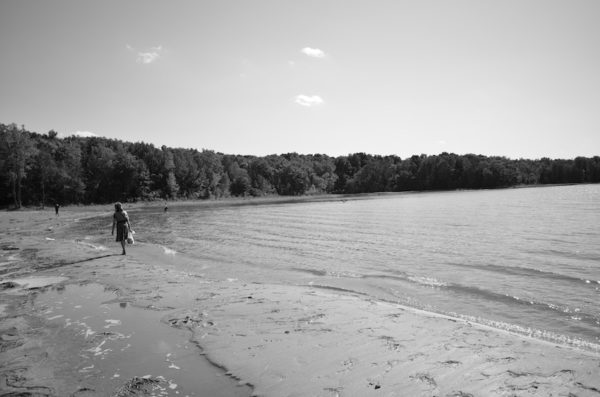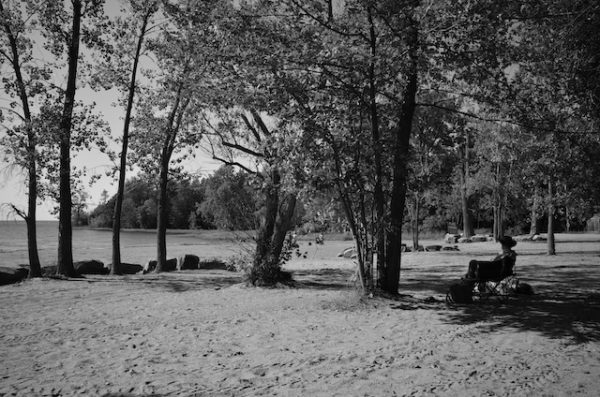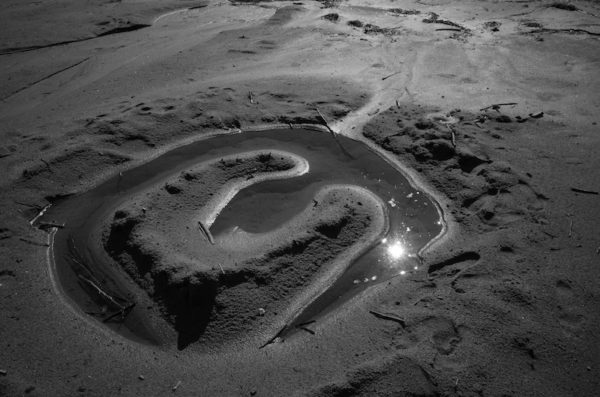Preliminary
The water’s edge is not your usual place … for one thing there are so many types of water bodies that have so many types of edges!
At the water’s edge for instance is a wonderful book of photographs by J. Mayerowitz … a book that can easily be taken for a National Geographic publication about Cape Cod, were it not so universal in its scope of situations that touch us deep inside.
As a matter of fact the book, which has been edited in various formats and at various prices to be affordable, has a poetic introduction by writer and editor Maggie Barrett that captures some of that universal call of the water’s edge.
She writes: “ For those of us born to the sea or lucky enough to spend our lives by it, we covet the seasons when we are left alone with it.”
As one born to sand and sea and who has always lived in cities near water bodies or traversed by rivers, I have approached this post in a most personal manner. Selecting extracts from a suite of poems composed near my turning seventy that answered the need to find patterns of continuities and ruptures in my migrant life, one of these continuities being the nearness to water and its edges, came naturally.
Association with images taken at water’s edges around Montreal, an island in the St Lawrence River, came also naturally … enjoy!
At the water’s edge … No footprint is possible
No foot print is possible in the sea,
and that is what makes the water’s edge
so attractive.
The foot shaped sand pocket
gathers the water
which softens its edges,
which ghosts its image,
which sucks the pocket
down,
until next foot
comes
down on the sand …
but never in the sea,
which invites, rather, “eureka!” type
experiences.
At the water’s edge … the horizon was one
The horizon was one
and its distances many,
that carried envy,
fear,
And eventually hope.
(…)
Swimming to the depth-indicating
buoy,
or to the offshore rock,
gave us a measure
of our endurance.
(…)
The changing colors
from here to there
told us of relative
calm,
or announced the prospect
of storm
At the water’s edge … the water’s edge was one
The water’s edge was one
and the beaches many,
but not as many were
to be its shores
from which there was
to be no return.
You brought home
sand in your sandals,
and salt in your
hair and on your skin,
and the sights of urchins,
and the feel of algae
under your feet.
Of such things was made the
desire for the water’s edge,
which became transmuted into
piers and weirs and
walks and benches and
the shady places
of new shores,
issued from design imagination.
At the water’s edge … The air in the sea
The air in the sea
reaches deep under,
to be breathed by fish
gills.
The air on the sea
running amok is
captured in bubbles made of
thin liquid film
which turns them into foam;
When these burst,
the air from the sea
reaches our
nose and lungs
with that iodine
smell,
breathed
into our
memory gills.
The air and the sea
are made one
by life
and by
memory,
having first issued
the former,
and then seduced
the latter.
At the water’s edge … Barnacles, algae and sea urchins
Barnacles, algae and sea urchins
don’t inhabit the sea
as much as they do
the rocks
in the sea;
at least that is where one
finds them,
and their welcoming
scratches
slime
and
pricks.
Take them out
of the sea
and they dry out,
and brittle away
and mix
with the sand.
Until then
swim around,
don’t walk
on them rocks
in the sea,
where barnacles,
algae and sea urchins
peacefully
people
the
rock.
At the water’s edge … at the continents mapped shoreline …
At the continents’ mapped shoreline
the blue
parallel lines representing the
oceans and seas
stopped,
ever so carefully so as not to
smear the shoreline.
Ever so carefully,
(…)
you must fill in the edges first
and then fill up the rest
of the ocean’s map.
Ever so carefully we dug holes
and canals in the sand,
and then,
as if inaugurating
them
we allowed the waters
to rise.
No speeches and no champagne
bottle breaking …
just the thrill of having the sandy
edges remain firm;
just the pleasure of
seeing my map
look like the perfect ones
in the history books.
Transition
This post is the last of my long series of contributions to Cultural Weekly on the general topic of urban sociability: place making, city stills, live places, explorations in urban sociability, cityscape and landscape, echoes of the city, cityscape and time, and urban field notes.
The text of this post is taken from the poetic suite, “SOUNDINGS: on the continuities and ruptures of the migrant life,” which I composed between 2008 and 2010.
The images were taken in the sweet light of late summer in the general areas of Hudson, Quebec and Cap Saint Jacques on the island of Montreal,
Both text and images are herewith submitted for the enjoyment of the reader, as a “thank you” for your assiduity, and as an invitation to visit the nearest water body and to ponder your “place” at the water’s edge. As for me, it is a transition to whatever inspiration and inclination may allow … at seventy six!
All images credit Maurice Amiel
[alert type=alert-white ]Please consider making a tax-deductible donation now so we can keep publishing strong creative voices.[/alert]
Maurice Amiel, M. Arch. (U.C. Berkeley) is retired professor of Environmental Design at the School of Design, University of Quebec at Montreal, where he was involved mainly in environment-behaviour teaching and applied research projects. In order to promote environmental awareness, he has turned after retiring to documenting and writing about various physical and human agents contributing to a sense of self, place and sociability ... I wish to add to my interests the fundamental role of light in photography and the visual structure of all 2D forms of artwork.
